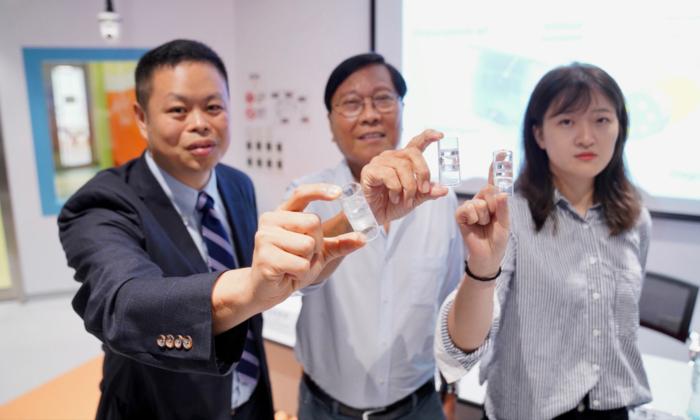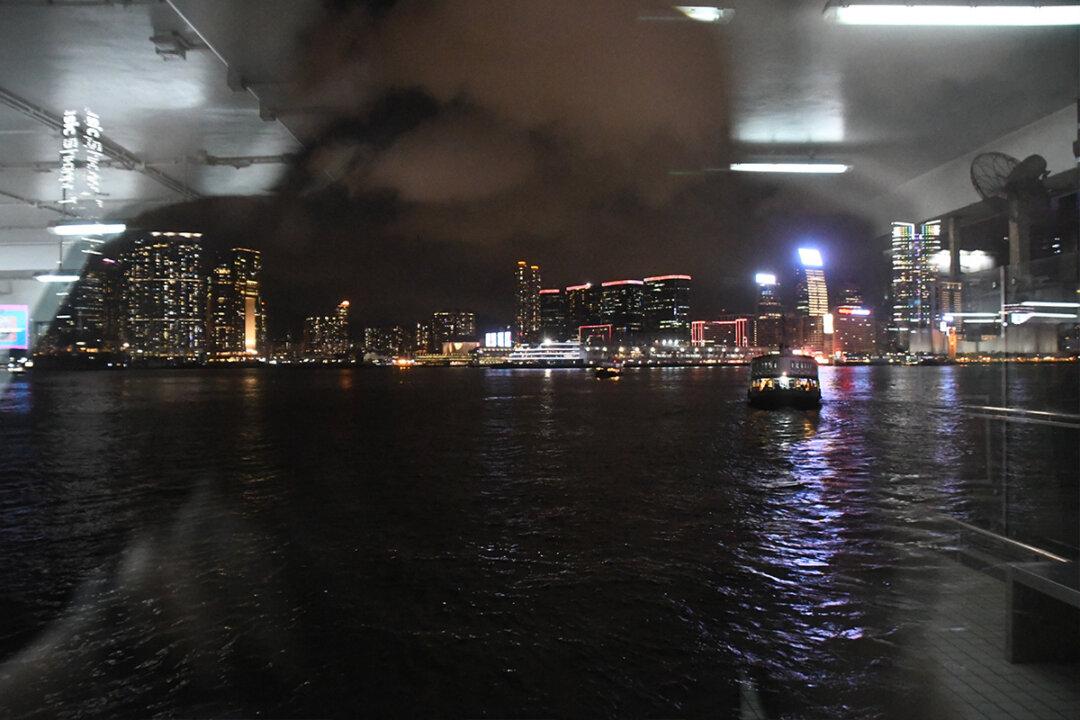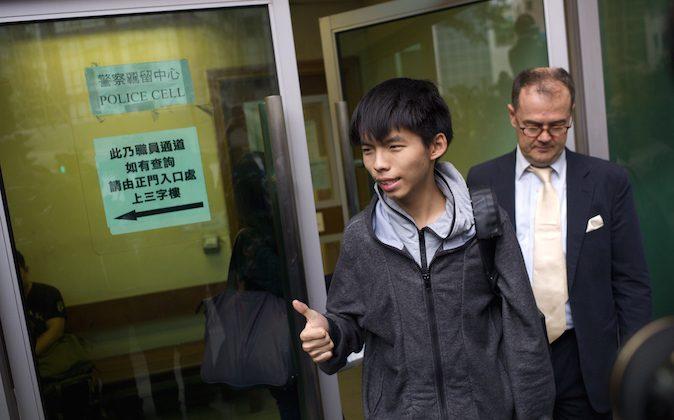The Education University of Hong Kong (EdUHK), the City University of Hong Kong, and The University of Hong Kong have conducted a cross-institutional study that has developed a device called the “artificial mussel” to monitor the levels of radioactive substances in seawater. Each “artificial mussel” costs only about HK$8 (approximately US$1).
The “artificial mussel” was invented by Professor Rudolf Wu Shiu-sun and his team from the Department of Science and Environmental Studies at EdUHK. It shares similarities with natural mussels and possesses a strong affinity for metals, allowing it to detect the concentrations and changes of various metals in the ocean. The device has been used in 29 countries and regions worldwide.
In their research last year, the team focused on testing the device’s ability to absorb and release three common radioactive substances found in nuclear waste: uranium, strontium, and cesium. The “artificial mussel” was placed in seawater with varying concentrations of these substances to assess its absorption and release capabilities. The results showed that the device reached saturation in absorbing radioactive substances within seven to eight weeks.
The team then transferred the “artificial mussels” to clean seawater, releasing the previously absorbed radioactive pollutants. By measuring the concentration of radioactive substances accumulated within the mussels, the researchers could accurately determine the concentration and changes of nuclear contaminants in seawater.
Wu explained that current methods of measuring radioactive substances in seawater require collecting hundreds of liters of water and involve complex sampling and preprocessing procedures. Using the “artificial mussel,” governments or authorities can cost-effectively monitor the levels of nuclear pollution in water bodies regularly, with costs as low as US$1 per monitoring device, ensuring environmental and food safety.
Regarding Japan’s plan to discharge nuclear wastewater from the Fukushima nuclear power plant, Wu expressed difficulty in assessing its safety. He also highlighted the concern that marine organisms could accumulate nuclear pollutants by continuously absorbing radioactive substances.




